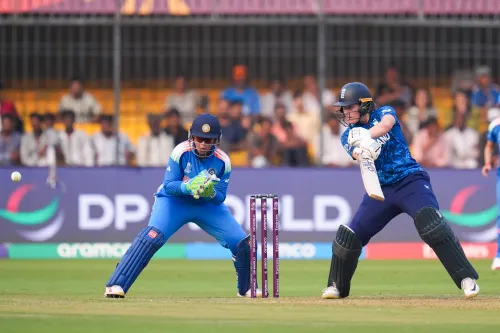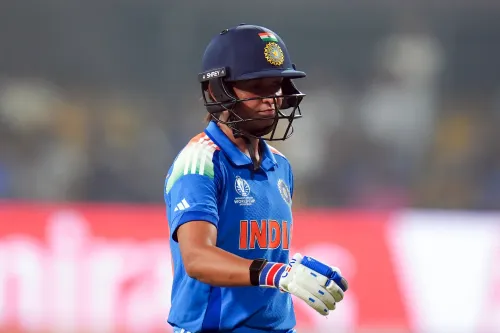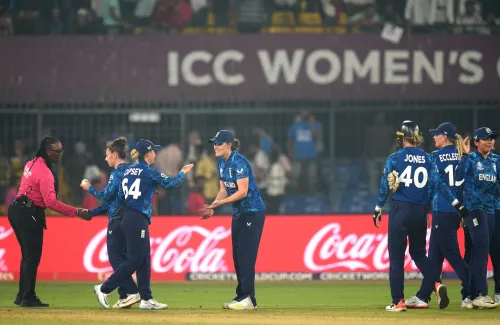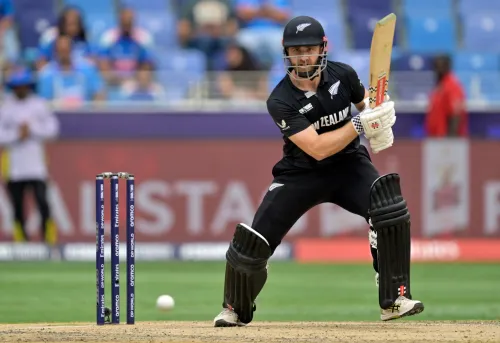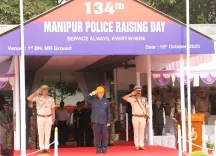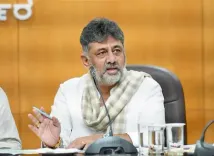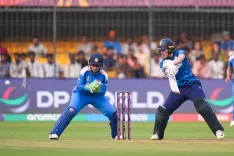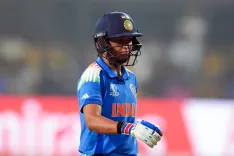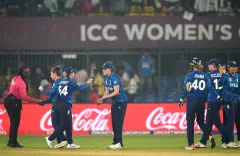How Did Head Coach Joakim Alexandersson Credit the ‘Arrows Project’ for Maiden AFC U17 Women’s Asian Cup Qualification?
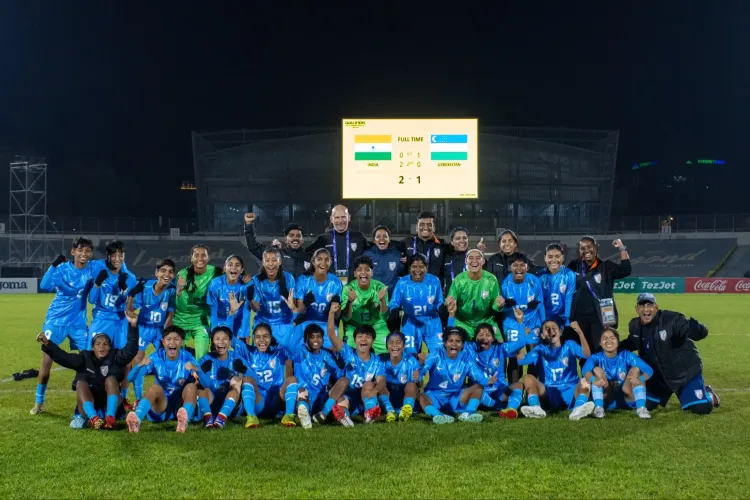
Synopsis
Key Takeaways
- Historic achievement: All three Indian women's teams qualified for the AFC Women’s Asian Cup.
- Importance of the Arrows project: Essential in developing player skills and confidence.
- Match experience: Vital for young players to gain exposure and improve.
- Encouragement for young girls: Inspiring the next generation to engage in football.
- Focus on future talent: Ensuring a pipeline from U17 to senior teams.
New Delhi, Oct 19 (NationPress) - Indian women's football is experiencing an unprecedented year. For the first time ever, all three national teams - senior, U20, and U17 - have successfully qualified for the 2025 AFC Women’s Asian Cup. This signifies a remarkable achievement, as all three teams will face off against Asia’s elite next year.
The U17 squad has recently clinched their spots in the AFC U17 Women’s Asian Cup in China 2026, triumphing in both their matches against Kyrgyz Republic and Uzbekistan, each ending with a score of 2-1 in Bishkek just this week.
Head coach Joakim Alexandersson, who led the U17s to their inaugural successful qualification campaign, believes it is essential to build upon this accomplishment. “We joked after the match that the job is done for now, but we are solely focused on moving forward. It was encouraging to witness the character they exhibited, especially since many of the girls were nervous due to their lack of experience in matches of this caliber,” he stated.
The triumph of the U17s can be attributed largely to the match experience they gained through the Indian Arrows Women Juniors during the previous season's Indian Women's League 2, where over half of the squad featured in the Asian qualifiers.
“The Arrows project was crucial as it allowed me to get to know most of the players better, and they adapted to my playing style – in terms of defense, buildup play, and communication,” Alexandersson remarked. “It also provided them the opportunity to train together regularly and face senior players in IWL 2, which is vital for their development.”
Alexandersson, who also coached the India U20 women’s team that qualified for the AFC U20 Women’s Asian Cup in Thailand 2026 earlier this year in Myanmar, expressed that this level of success across different age groups serves to elevate the profile of football, particularly for young girls.
“This is significant not just for women’s football, but for Indian football in general. I hope this inspires more girls to begin training earlier and fosters a greater interest in the sport among young players. That’s crucial for the future,” he added.
The senior women’s team, who initiated this qualification streak by successfully navigating the AFC Women's Asian Cup Australia 2026 Qualifiers in Thailand, is gearing up to participate in the Tri-Nation Women’s International Friendlies in Shillong, where they will take on IR Iran (October 21) and Nepal (October 27). Both matches are set to kick off at 18:00 IST and will be streamed live on FIFA+.
With both junior teams also having successful qualification campaigns, Blue Tigresses’ head coach Crispin Chettri is optimistic about the development of young talent for the future.
“I believe the inclusion of Indian Arrows in IWL 2 was instrumental in nurturing the U17 players. They gained valuable game time and competed against strong teams,” Chettri mentioned. “It’s now essential to cultivate this talent and ensure a robust pipeline from the U17s to U20s, and ultimately to the senior squad. As coaches, we not only have quantity but also a considerable pool of quality players to select from.”
As Chettri prepares his team for the Asian Cup in Australia next year, he is already considering several junior players as potential additions to his senior roster.
“Competing against strong teams is always beneficial; to be your best, you must challenge yourself against the best. We already have some U20 players in the senior squad, and we may even test a few U17s at this level to gauge their readiness,” he concluded.

